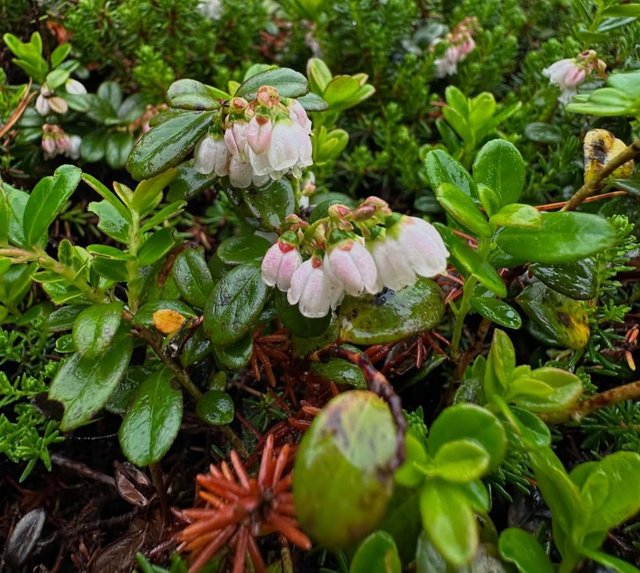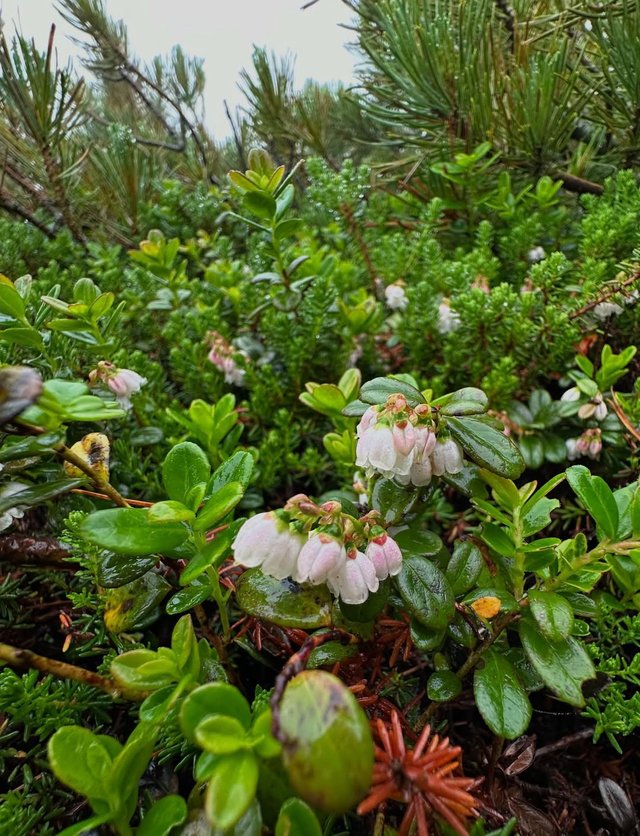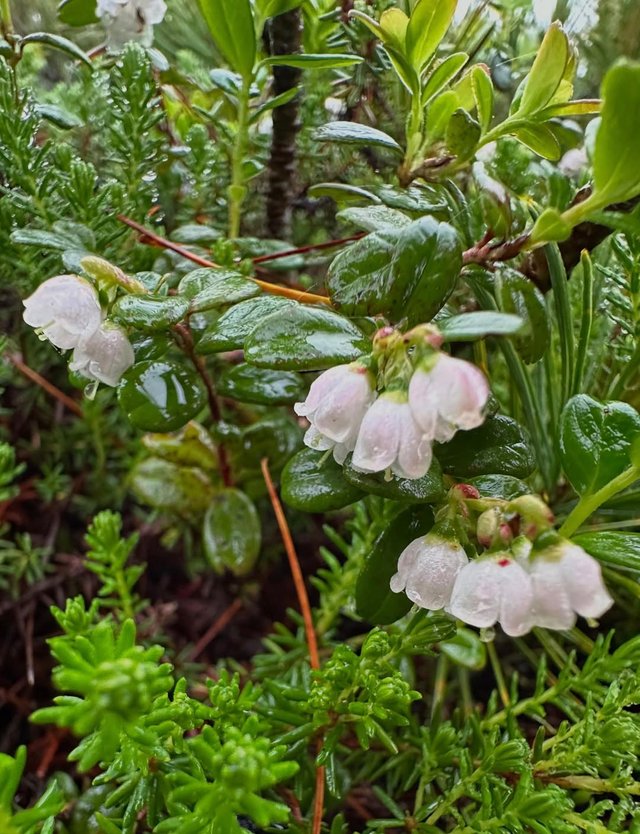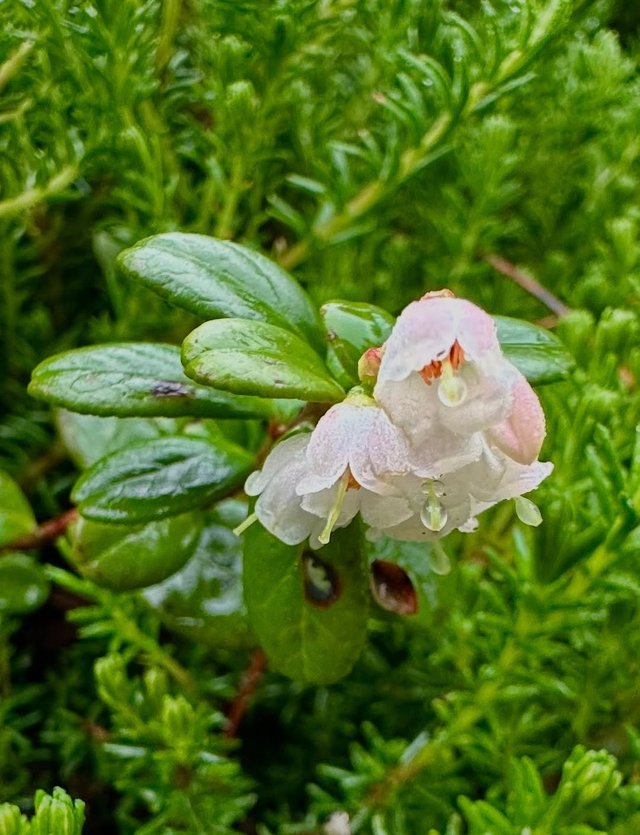Lingonberry
Tucked away in the cool forests of the Northern Hemisphere lies a bright red berry that has been cherished for centuries. It's not as famous as blueberries or as trendy as goji berries, but the lingonberry is one of nature’s true gems. Packed with health benefits, steeped in tradition, and bold in flavor, the lingonberry is a small fruit with a powerful legacy.Lingonberries are small, red berries that grow on low, evergreen shrubs. They are closely related to cranberries, blueberries.
Native to the boreal forests and Arctic tundra of Scandinavia, Russia, Canada, and parts of northern Europe and Asia, lingonberries thrive in acidic, nutrient-poor soils, particularly in coniferous woodland ecosystems.Lingonberries have been a staple in Nordic, Baltic, and Slavic cultures for generations. In countries like Sweden, Finland, and Norway, they are an essential part of the traditional diet.
Wild lingonberries are smaller and grow in forests, harvested by hand.Cultivated varieties have been bred for larger berries and higher yields, often found in commercial farms across North America and Europe.While both types are nutritious, many believe the wild ones have higher antioxidant content due to their exposure to harsher natural conditions.They are harvested in late summer and early autumn, often through foraging in wild forests—an important seasonal activity for many northern communities.



